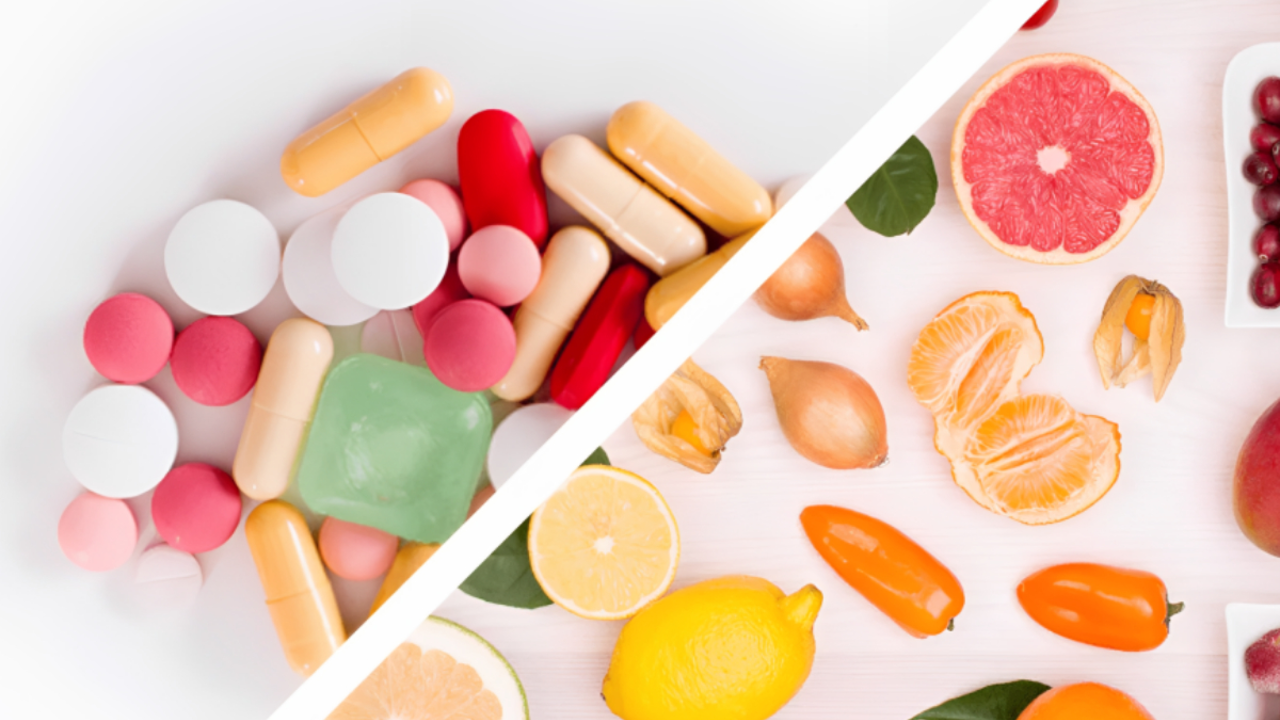Food Interactions: What You Eat Can Change How Your Meds Work
Ever taken a pill and wondered if that morning coffee or a slice of orange could mess it up? It happens more often than you think. Food can boost, block, or even kill the effect of many medicines. Knowing the basics saves headaches, extra doctor visits, and wasted prescriptions.
Common Food‑Medication Pairings to Watch
Grapefruit juice. This sour drink is famous for stopping enzymes that break down certain drugs. If you’re on a cholesterol pill (statins) or some blood pressure meds, grapefruit can raise the drug level in your blood and cause side effects.
Dairy products with antibiotics. Calcium in milk, cheese, or yogurt binds to many antibiotics like tetracycline and quinolones. The result is less medicine getting into your system, so the infection might not clear.
Coffee or tea with iron supplements. Tannins and caffeine can stick to iron, making it harder for your body to absorb. If you need an iron boost, take the supplement on an empty stomach or wait two hours after a coffee.
High‑fat meals and certain blood thinners. Fat can slow down how fast warfarin (a common clot‑breaker) is absorbed. This may cause your INR numbers to swing up or down, affecting clot risk.
Alcohol with many meds. While not a “food,” booze often shares the table. Alcohol can increase drowsiness with antihistamines, make liver‑processed drugs toxic, and worsen stomach irritation from NSAIDs.
Practical Tips to Keep Food From Ruining Your Meds
1. Read the label. Most prescription bottles have a short note about food – “take with food,” “avoid dairy,” or “no grapefruit.” If it’s missing, ask your pharmacist.
2. Stick to a schedule. Taking meds at the same time each day helps you remember if you need them on an empty stomach or with a meal.
3. Separate risky foods. If you love grapefruit, set a reminder to skip it on days you take a statin. The same goes for milk and antibiotics – have your pill 30‑60 minutes before breakfast or later in the evening.
4. Keep a simple food diary. Jot down what you eat around each dose for a week. If you notice side effects, the pattern might point to a food clash.
5. Talk to your pharmacist. They can suggest alternatives that are less picky about meals. For example, switching from tetracycline to another antibiotic if dairy is unavoidable.
Remember, most food interactions are easy to avoid once you know the pairings. A quick check before you eat or drink can keep your treatment on track and protect your health.

Alright, gather round folks, I'm about to spill the tea on how to take Cefdinir with style! You see, timing is everything, so make sure to take it at the same time every day to keep those nasty bacteria on their toes. Now, you're not going to believe this, but this antibiotic is a foodie. It loves a good meal, so always take it with food to avoid an upset stomach. And remember, consistency is key, so finish the whole course even if you feel better. It's like watching a movie, you wouldn't leave before the end credits, would you? So, that's the lowdown on taking Cefdinir, folks! It's not rocket science, but a few tips can make it smoother than your favorite peanut butter!
Read More